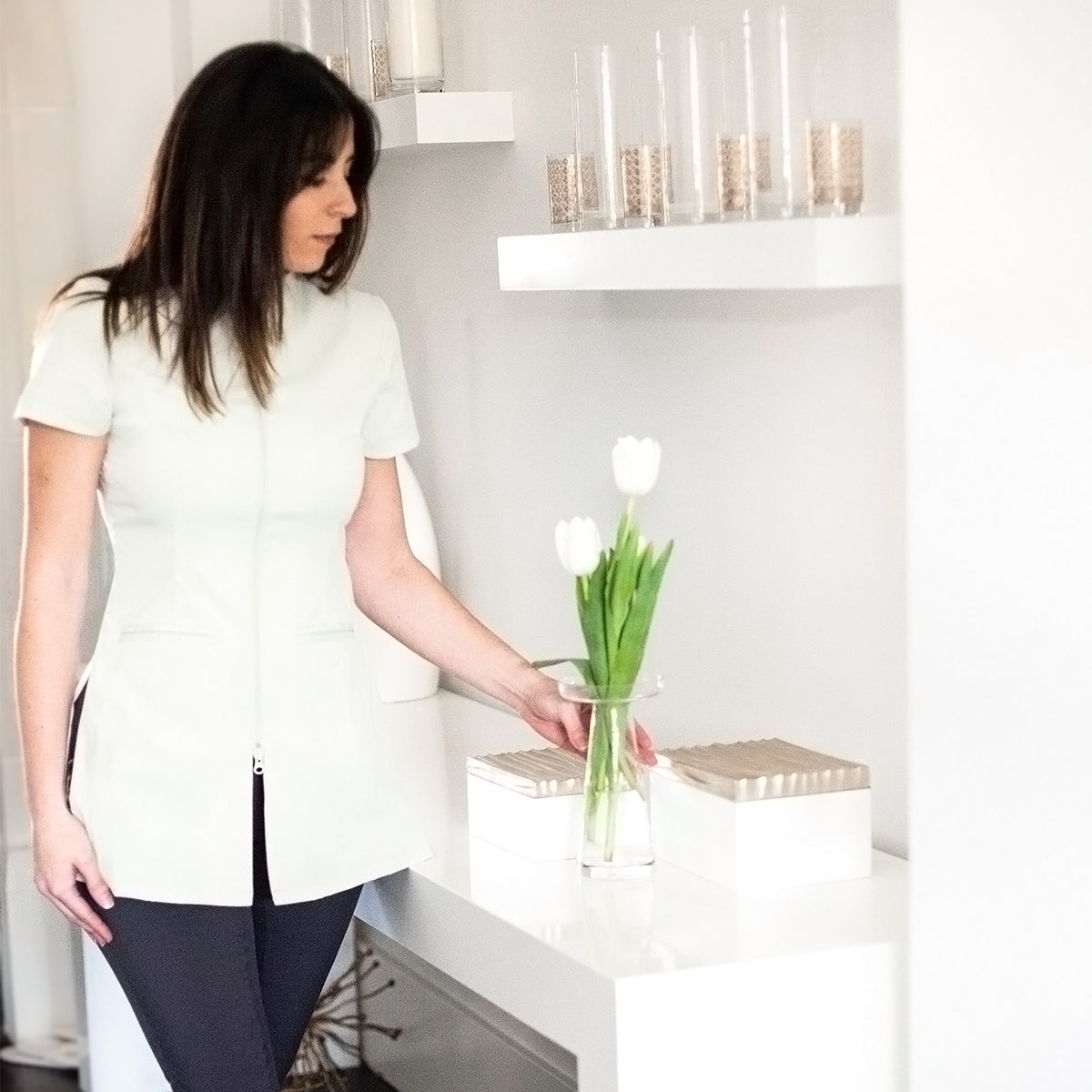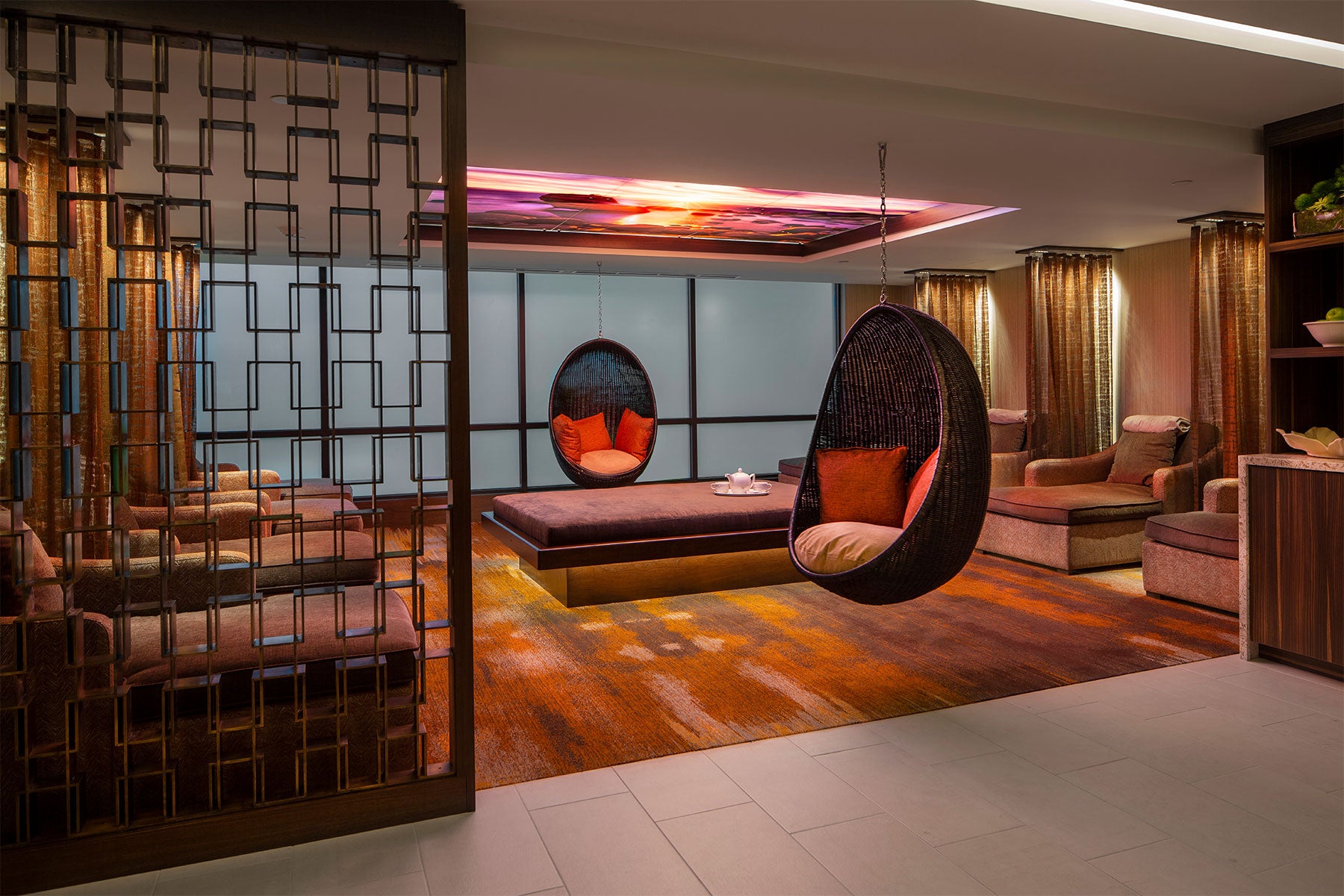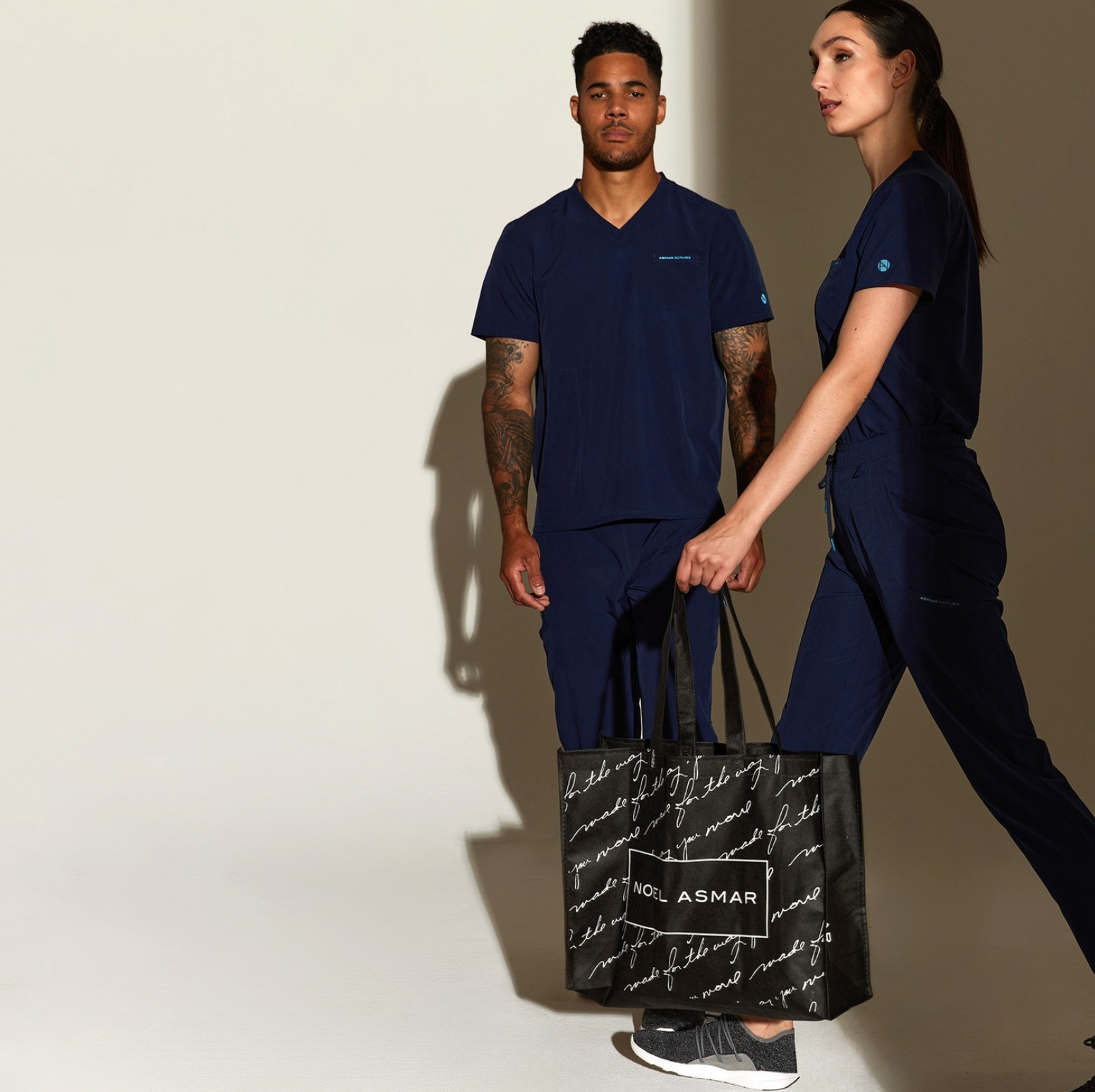Business owners and industry leaders are having employee retention conversations in nearly every professional arena, and massage therapy practices are no exception. Skilled and experienced massage therapists contribute significantly to the success of a spa or wellness center, especially in today’s competitive and ever-evolving landscape.
When employee retention isn’t prioritized, high therapist turnover can disrupt the continuity of service (not to mention the sunk costs of recruitment and training). In an industry centered around personal care and well-being, clients often form strong connections with their therapist, making the consistent and familiar faces – who contribute to a sense of trust and comfort – paramount to the overall client experience.
As the demand for wellness services continues to rise, so too does the need for a highly-skilled, well-trained, and stable workforce. And the establishments that can recruit, maintain, and care for such a workforce, emerge with significant strategic advantages in their industry.
This article discusses the impact of design – of spaces, equipment, and uniforms – on employee well-being and retention.
Design plays an important role in the day-to-day experience of employees in massage therapy businesses.

Space Design
Spatial design in the context of creating healthy workplaces involves the deliberate arrangement and use of physical space to optimize the well-being and productivity of employees. In spa design, this concept is fundamental, as it encompasses not only aesthetic appeal but also the integration of elements that promote relaxation, rejuvenation, and stress reduction.
- Ambiance - A soothing and well-designed space can create a calming atmosphere, contributing to a positive and relaxing experience for both clients and therapists. Natural lighting, comfortable furnishings, and aesthetically pleasing decor can enhance the overall ambiance.
- Privacy - Ensuring treatment rooms are designed to provide adequate privacy, allows therapists to focus on their clients without unnecessary distractions. This promotes a sense of professionalism and comfort for both employees and clients.
- Ergonomics - Consider designing treatment rooms with ergonomic considerations in mind. Comfortable and adjustable massage tables, supportive seating, and proper lighting contribute to the physical well-being of therapists, reducing the risk of strain or injury.
Equipment Design
Equipment design as it relates to healthy workplaces encompasses the strategic planning and development of the tools used within spa environments to optimize employee well-being and productivity. This involves crafting equipment that not only meets functional requirements but also prioritizes ergonomics, safety, and efficiency. - High-Quality Massage Tables - Investing in top-notch massage tables with adjustable features not only enhances the client experience but also helps therapists maintain proper body mechanics during treatments.
- Ergonomic Stools and Accessories - Provide therapists with ergonomic stools and accessories to ensure they can maintain good posture and reduce the risk of musculoskeletal issues.
- Hygiene and Maintenance - Regular maintenance of equipment is crucial. Clean, well-maintained tools and equipment create a professional and comfortable environment for therapists and clients alike.

Uniform Design
Uniform design considers the movement patterns of practitioners and how their freedom to move impacts the quality of service they provide (as well as their own well-being). Uniforms have the power to communicate professionalism and competence to clientele, while also impacting the lived-in experience of the therapist. Read more about Massage Therapy Uniform design here.- Comfortable Attire - Choose uniforms made from breathable and comfortable fabrics to ensure therapists can move freely and comfortably during sessions.
- Professional Appearance - Uniforms contribute to the professional image of the business. Well-designed, clean, and professional-looking uniforms can instill a sense of pride in employees and enhance the overall image of the establishment.
- Functionality - Consider the functionality of uniforms, ensuring they have the correct fit for movement and are easy to clean. This allows therapists to focus on their work without being hindered by their attire.
Other Considerations
Further design considerations may involve creating comfortable break areas where employees can relax, eat, and recharge. It's also valuable to include amenities such as well-equipped changing areas and private spaces for personal time. Moreover, dedicating space for wellness practices like stretching and meditation enhances the overall workplace experience. Providing perks such as discounted massages or access to holistic health services not only underscores a commitment to employee well-being but also cultivates a positive workplace atmosphere.By prioritizing these design elements, massage therapy businesses can create an environment that not only enhances the client experience but also supports the well-being and job satisfaction of their therapists, ultimately contributing to improved employee retention.



